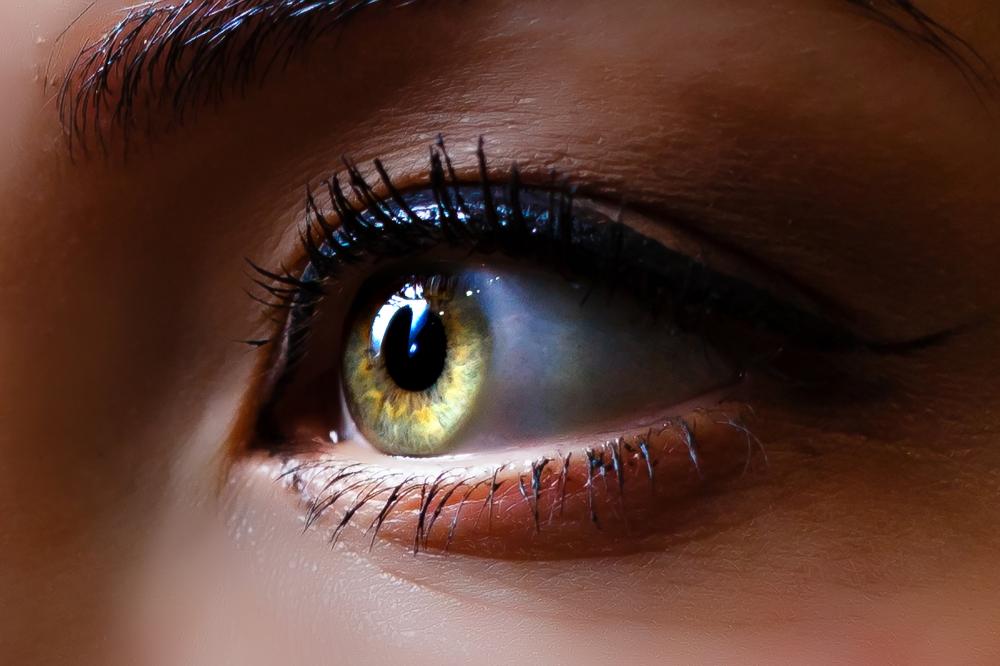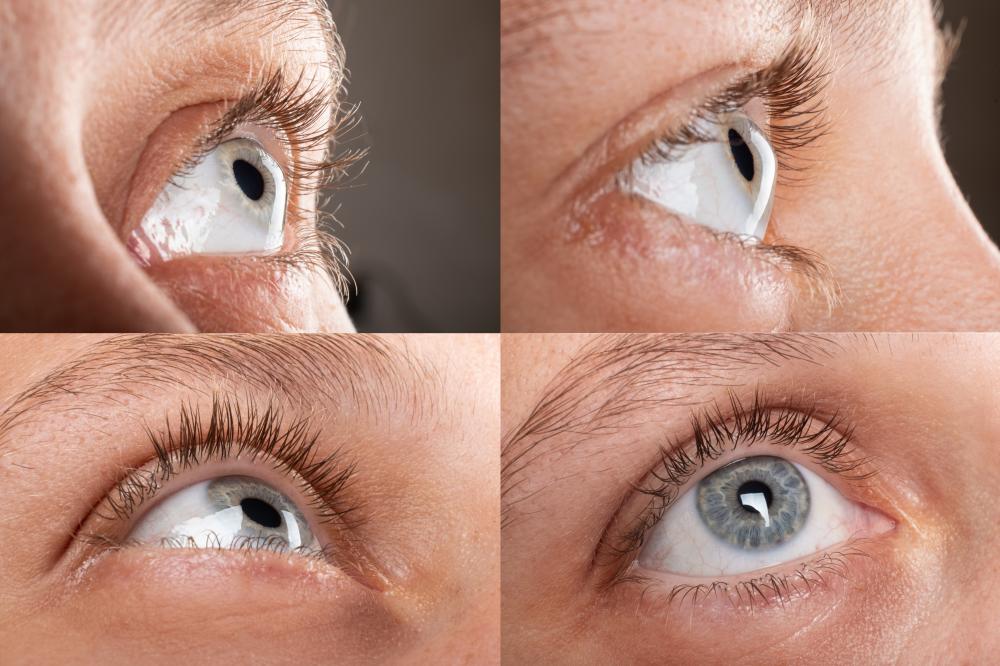Table of Contents
Understanding Lazy Eye and Its Impact

When it comes to vision, each individual’s experience is as unique as their fingerprint. One of the conditions that can profoundly affect a person’s visual experience is known as amblyopia, or more commonly, lazy eye. This condition arises when the neural pathways between the brain and an eye don’t develop as they should, often resulting in decreased vision in that eye.
At Fresnel Prism, we understand the nuanced challenges that come with lazy eye and are dedicated to providing solutions that enhance visual performance and quality of life. Navigating through the complexities of this condition, we acknowledge the importance of addressing the emotional and physical aspects of living with a lazy eye.
Identifying Signs of Lazy Eye
The journey to correct lazy eye begins with recognizing the signs. These may include:
- Visual Struggle: Difficulty in perceiving depth or coordinating eyes to work together.
- Physical Cues: A noticeable eye turn or squint in an attempt to focus.
- Behavioral Indicators: Consistent head tilting or eye rubbing, particularly in children.
As an industry leader, it’s our responsibility at Fresnel Prism to highlight that timely detection is paramount. An early diagnosis increases the likelihood of successful treatment, potentially avoiding a lifetime of compromised vision.
The Role of Lazy Eye Corrective Lens
In the spectrum of treatments for lazy eye, corrective lenses often play a central role. A lazy eye corrective lens can help by compensating for the visual imbalances that may contribute to the condition. Whether it’s nearsightedness, farsightedness, or astigmatism, getting the right prescription can facilitate the weaker eye’s connection to the brain.
In my personal experience, witnessing the profound impact that a simple corrective lens can have on someone’s life is nothing short of miraculous. I’ve seen children and adults alike rediscover their visual potential–it’s a testament to the transformative power of proper optical care.
New Horizons in Treatment
While traditional methods like patching are still used, advancements in optical technology are constantly broadening our horizons. As part of our commitment to innovation, Fresnel Prism is investigating how digital tools and virtual reality can play a role in treating lazy eye.
Anecdotal evidence suggests that interactive and engaging therapies can yield positive results, particularly in younger patients. Such techniques not only aim to strengthen the weaker eye but can also improve binocular coordination and depth perception.
Each advancement brings us closer to a future where, with the right lazy eye corrective lens and complementary therapies, the term “lazy eye” will no longer imply a lifelong struggle.

Custom Solutions for Individual Needs
Recognizing that no two patients are the same, our approach at Fresnel Prism is to craft personalized optical solutions. A lazy eye corrective lens isn’t simply a piece of glass–it’s a carefully calibrated tool tailored to meet the unique requirements of the wearer.
The journey to finding the right solution is one of collaboration, where patient feedback informs the refinement of lens design. It’s not uncommon for adjustments to be made as the patient’s vision evolves, ensuring the corrective lens remains effective.
By remaining at the forefront of optical advancements, we’re able to offer lazy eye corrective lenses that incorporate the latest technologies. From the precision of digital lens surfacing to incorporating specialized filters, every lens is an embodiment of our commitment to excellence.
Overcoming Challenges Together
Living with lazy eye can be an isolating experience, one that touches every aspect of life–from education to social interactions. At Fresnel Prism, we understand that managing this condition extends beyond the lens. It’s about empowering individuals to lead full, vibrant lives without being defined by their vision challenges.
Personal insights and stories from our clients continually inspire us. Their perseverance and the transformation they undergo through proper treatment underscore the importance of the work we do. Moreover, it reminds us that at the heart of every technical solution is a human story waiting to unfold.
Embracing Technological Advancement
As we look to the future, our focus remains on embracing and driving technological innovation in the field of optometry. From the meticulous crafting of a lazy eye corrective lens to exploring how augmented reality can aid vision therapy, we’re committed to pushing the envelope.
Our efforts extend to ensuring the accessibility of our products and services. The fusion of technology and human-centered design enables us to reach individuals across the globe, democratizing access to high-quality optical care.
Lifelong Support and Care
Initial Treatment: The beginning of a patient’s journey often involves detailed assessments and the provision of an initial lazy eye corrective lens. Every step is taken with the utmost care to set the foundation for improved vision.
Adjustment Phase: Over time, as patients adapt, their needs may change. This period of adjustment is met with ongoing support from our dedicated team, fine-tuning the lens to adapt to their evolving visual landscape.
Continued Care: Our relationship with our clients doesn’t end with the delivery of a product. We are partners in their journey, offering continued care and support as they navigate life with enhanced vision. It’s a partnership built on trust and a shared vision for a brighter future.

A Personal Touch in Optical Care
At the end of the day, the success of a lazy eye corrective lens is measured not just by improved vision stats but by the smiles of those who wear them. It’s about the moments they no longer miss, the confidence they gain, and the barriers they overcome. It’s a deeply personal journey–one that we at Fresnel Prism are privileged to share with them.
Each lens we craft carries with it the story of a person’s life changed for the better. It’s this personal connection to our work that fuels our passion and drives us to continue our mission of enhancing vision, one lens at a time.
Can corrective lenses fix a lazy eye?
While the term “fix” might imply a complete and permanent solution, corrective lenses can significantly improve visual function in people with lazy eye, or amblyopia. By compensating for refractive errors like nearsightedness, farsightedness, or astigmatism, these lenses can facilitate a stronger connection between the weaker eye and the brain. In our practice at Fresnel Prism, we’ve witnessed many individuals make remarkable progress through the use of specially prescribed corrective lenses. However, the extent of improvement varies among individuals and may require additional treatments, such as vision therapy or patching, particularly in children.
What kind of lens is used for lazy eye?
At Fresnel Prism, the lenses we use to address lazy eye are as diverse as the individuals who need them. The type of lens prescribed typically depends on the underlying issue contributing to amblyopia. For some, a standard corrective lens is sufficient, while others may benefit from prism lenses that help to align the images seen by each eye. Our approach involves creating a personalized lens solution that aligns with each patient’s specific visual requirements. This could include incorporating filters or providing lenses with advanced surface designs to optimize the user’s vision.
Can you have lens replacement if you have a lazy eye?
Lens replacement surgery is generally considered for eye conditions like cataracts, not specifically for amblyopia. However, individuals with a lazy eye may undergo lens replacement if they develop cataracts or other issues warranting such surgery. It’s crucial to have a comprehensive evaluation by an ophthalmologist who can determine the suitability of lens replacement in the context of a lazy eye. In our collaborative approach at Fresnel Prism, we often work alongside ophthalmologists to ensure that optical solutions, whether they be lens replacement or corrective lenses, are tailored to the individual’s overall eye health and vision goals.
Can people with lazy eye wear lenses?
Yes, people with lazy eye can certainly wear lenses, and in many cases, they are a critical component of the treatment plan. Corrective lenses for lazy eye are not just limited to glasses; contact lenses are also an option for some patients. The choice between glasses and contact lenses is based on the individual’s age, level of comfort, lifestyle, and specific vision needs. Our role at Fresnel Prism is to provide expert guidance, helping patients select the type of lens that will best support their visual health and integrate seamlessly with their daily lives.
Are lazy eye corrective lenses different from regular prescription lenses?
Lazy eye corrective lenses are similar to regular prescription lenses in that they correct refractive errors, but they may have additional properties or modifications to support the unique challenges of amblyopia. For instance, a corrective lens for lazy eye might have a different strength compared to the other eye to balance visual input and encourage the brain to use the amblyopic eye more effectively. At Fresnel Prism, we often enhance our lenses with specific features–like prisms or filters–to meet the unique demands of strengthening a lazy eye, thereby providing more than just simple vision correction.
Resources
-
National Eye Institute (NEI)
Provides information on amblyopia (lazy eye), its causes, symptoms, and treatments.
https://www.nei.nih.gov/learn-about-eye-health/eye-conditions-and-diseases/amblyopia-lazy-eye -
American Academy of Ophthalmology
Offers a comprehensive overview of lazy eye, including detection, management, and therapy options.
https://www.aao.org/eye-health/diseases/amblyopia-lazy-eye -
American Optometric Association
Provides education on vision problems like amblyopia, including prevention and treatment guidelines.
https://www.aoa.org/healthy-eyes/eye-and-vision-conditions/amblyopia?sso=y -
Centers for Disease Control and Prevention (CDC)
Offers resources on vision loss, including data and prevention strategies for conditions like lazy eye.
https://www.cdc.gov/visionhealth/risk/amblyopia.htm -
Prevent Blindness
A patient-advocacy group providing information about lazy eye, including diagnosis and treatment.
https://preventblindness.org/amblyopia-lazy-eye/ -
MedlinePlus
Offers trusted medical information on amblyopia, sourced from the National Library of Medicine.
https://medlineplus.gov/ency/article/001014.htm
